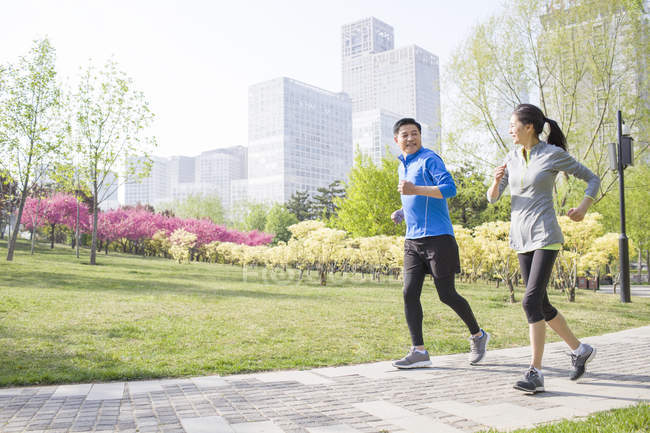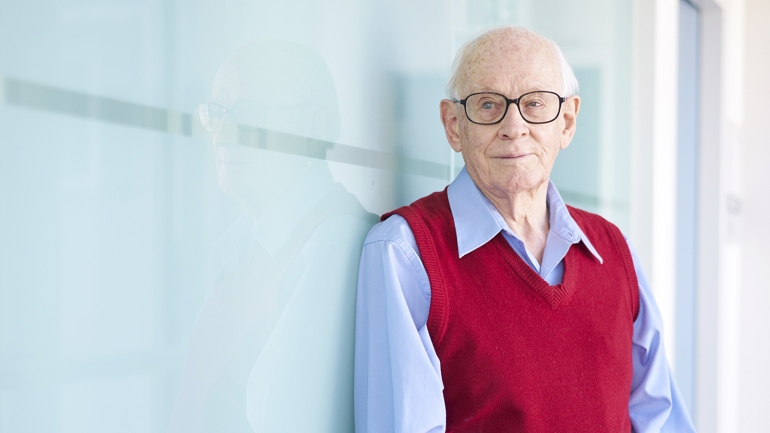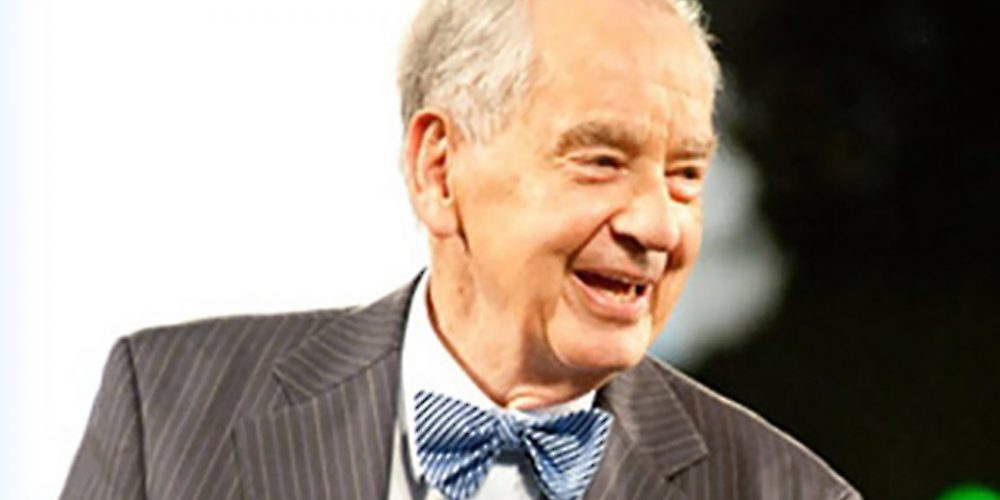Moving outdoors is something of a miracle cure for many modern ills

As little as 10 minutes of regular exercise can help alleviate depression. But even professionals don’t always make the link between mental and physical health. Bella Mackie, the author of Jog On: How Running Saved My Life, published by Harper Collins, shares her experience with those having similar health problems.
Parkrun has proved to be the solution for many people.
I once lived a life almost ruled by anxiety, intrusive thoughts and paralysing fear. I spent years looking for the thing that would release me, and when I finally found it, it wasn’t medication or therapy (although both helped). It was running. It gave me a feeling that there was a world out there beckoning me, promising hope. It gave me independence and the sense that I had reserves of strength that I wasn’t aware of.
There are many reasons that physical activity is said to help mental health – it boosts mood, relieves stress and improves sleep. I also find that cardio exercise can use up some of the adrenaline caused by anxiety. My panic attacks stopped, intrusive thoughts lessened and a looming sense of doom was pushed back.
Although the stigma that sticks to mental illness has faded in recent years, the services set up to provide assistance are still stretched and underfunded. With the caveat that exercise alone can’t cure mental health problems, or even make life easier for those living with more severe illness, it can be a revelation. A recent study published in the JAMA Psychiatry journal supported the theory that physical activity is an effective prevention strategy for depression. (Although it adds that “physical activity may protect against depression, and/or depression may result in decreased physical activity”.)
The link between exercise and mental health is not new. In 1769, the Scottish physician William Buchan wrote that “of all the causes which conspire to render the life of man short and miserable, none have greater influence than the want of proper exercise” – but it is becoming more widely understood, says Dr Brendon Stubbs, head of physiotherapy at the South London and Maudsley NHS foundation trust.
‘Our perception of exercise is formed in childhood.’
One theory looks at the positive impact of exercise on the hippocampus in the brain, he says: “This region is decreased in volume in lots of mental health and cognitive conditions, including depression, bipolar disorder, schizophrenia, mild cognitive impairment and dementia.” Just 10 minutes of light exercise has been shown to have a short-term impact on the hippocampus, and a long-term impact after 12 weeks. People with certain mental health conditions, such as depression, have also been found to have elevated levels of inflammatory markers, adds Stubbs: “Therefore, one way that exercise helps protect against and manage mental illness may be reducing inflammation.” It goes to show, “there is no health without mental health”.
But despite the often-quoted statistic that one in four of us will experience mental illness, and despite knowing that exercise can help ease the symptoms, many of us are pretty inactive. NHS figures for 2018 showed that 66% of men and 58% of women aged 19 and over met the recommended aerobic guidelines of 2.5 hours of moderate exercise or 75 minutes of vigorous exercise a week.
This may reflect the fact that many people still see exercise as a chore. Although our perception of exercise is formed in childhood, 2017 statistics from Public Health England found that, by the final year of primary school, just 17% of children were doing the recommended amount of daily exercise.
In adulthood, exercise is often the first thing to be sacrificed, with the excuse of too little time or money; and there is quite often a narrative that we are “just not very good at it”. In the modern world, other interests are competing for our attention.
Dr Sarah Vohra, a consultant psychiatrist and author, says she sees a common trend in many of her patients. “I see plenty of young people who have been referred with mild depression or anxiety symptoms, and when you unpack what they are doing day-to-day, the answer is very little … Time in the great outdoors has been replaced with time behind a screen, and real-life relationships replaced with virtual ones.”
This increasing time spent online may contribute to a tendency to see the brain as an abstract entity, disconnected from the body. In his book, How to Think About Exercise, Damon Young writes that we often see “physical and mental exertion as somehow in conflict. Not because there is too little time or energy, but because existence is seemingly split in two.” He goes on: “Exercise is a chance to educate our bodies and minds at once.”
But the chartered psychologist Kimberley Wilson believes it is not just laypeople who have always thought about the two as separate things. “The mental health professions have largely functioned on the principle that the only thing that matters is what happens from the neck up. We have somewhat idealised the brain and denigrated the body as simply something to carry your brain around. We don’t think of and value our bodies and brains as unified organisms. In reality … you can’t have the health of one without the other.”
Vybar Cregan-Reid, author of Footnotes: How Running Makes Us Human, thinks that we still have more work to do to persuade people that exercise really is an effective way to improve our mental health.
“For a long time, there has been a good deal of ignorance about the voluminous catalogue of mental benefits that different kinds of exercise can provide. People are slowly becoming more aware of these benefits, as barely a week goes by without some new trial or study being published that connects certain kinds of physical activity with mental wellbeing, but there is still some way to go with persuading people that moving outdoors is something of a miracle cure for many modern ills.”
So how do we persuade people that physical activity can really help the mind, without sounding preachy, simplistic or smug?
One possible tactic would be for doctors to suggest exercise and offer discounted gym membership as an accompaniment to medication and therapy. The GP Andrew Schuman says that exercise is an increasingly important topic in his conversations with patients dealing with mental health issues.
“Getting people to go for a walk – going outside into daylight, among other people and in sight of trees and nature – is a great first step. This may be common sense, but it’s important to say it, and say it again. You can’t, or won’t go on to exercise if you don’t, in some way, ‘feel better’ from that very first step.”
But when people are at their lowest ebb, it is easy to understand why a suggestion to simply move could sound ridiculous. Lauren (not her real name), who works in primary mental healthcare, has some reservations about how exercise is recommended to patients who are suffering badly. “If we think about someone in the grips of depression or anxiety, the very nature of how they’re feeling, their negative thoughts, and the behaviour cycles they get trapped in, [can] mean that going out to a gym on their own or engaging with a group of strangers is going to feel almost impossible.”
Instead, she suggests, outcomes seem to be much better in “groups of people who have started exercising with their friends, starting running clubs or going on cycling weekends, and I think that’s because naturally these overcome more barriers. Ideally, I think we need to be able to replicate these kinds of conditions in organised and funded schemes, which could then be prescribed.”
Parkrun may be part of answer. The free scheme, set up by Paul Sinton-Hewitt when he was at a low ebb, encourages people to run 5k every week at a local event – it’s free, it’s inclusive, and there’s no emphasis on speed or the right trainers. A 2018 Glasgow Caledonian University study of more than 8,000 people showed that 89% said that participating in parkrun has had a positive impact on their happiness and mental health.
Another running scheme aims to help the most vulnerable in society. The Running Charity was set up in 2012 to help young people who are homeless or disadvantaged, many of whom struggle with mental health issues. As its co-founder Alex Eagle says: “Many of our young people exist in really chaotic environments and often feel quite powerless – they can put so much effort into getting a job or improving their housing, but their effort doesn’t necessarily mean that a job or safe accommodation will follow. With running, and exercise in general, whatever you put in, you get back out. There is a justice and a freedom in that, which homeless people are too often socially denied.”
Like Schuman, Eagle sees tangible results in people who engage with his initiative, starting with subtle, but profound changes, such as punctuality and eye contact. “Without a doubt, the real magic happens when they first achieve something they thought was impossible – this can be a 5k, or this can be an ultramarathon.”
“When you achieve something that your internal narrative told you was physically and mentally impossible, it forces you to challenge your perception of self.”
I still don’t fully understand why lacing up my trainers and getting out there holds back my previously debilitating anxiety, but I don’t think I’m overdoing it when I say running gave me my life back. And nobody was more surprised than I was.



































